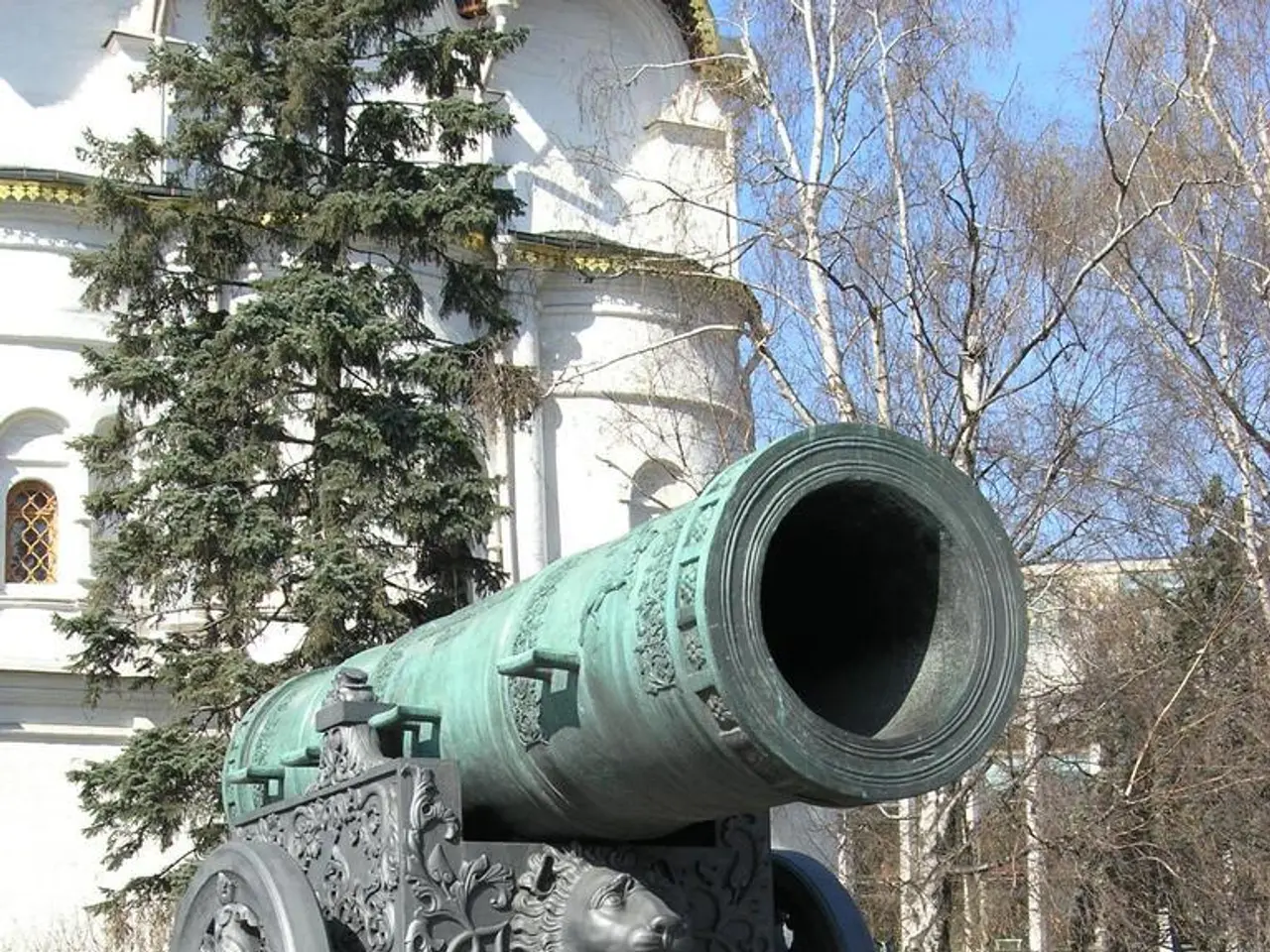Examining Alaska's historical Russian ties as Trump and Putin prepare for their encounter
The story of Russia's influence in Alaska dates back to the early 18th century, when Russian explorers and fur traders first set foot in Alaska, crossing the Bering Strait from Siberia. This marked the beginning of a long and significant chapter in the region's history.
In 1732, Russian promyshlenniki (fur traders and merchants) started to expand into Alaska, leading to the establishment of the Russian-American Company (RAC) in 1799. Chartered by the Russian state, the RAC was tasked with managing the fur trade and colonial interests in the region, marking the start of formal Russian presence[1][3].
Russia's control extended over what was known as Russian America, a vast territory including Alaska and parts of the Bering Strait region. With around 700 Russian personnel enforcing sovereignty, the company established settlements, trading posts, and missions, including Russian Orthodox churches. These structures contributed to the cultural landscape alongside Alaska Natives[1][3].
The Bering Strait played a crucial role as the maritime and geographic link between Siberia and Alaska, providing Russia access to North American lands and their resources. The expansion led to Tsar Alexander I issuing an edict in 1821, asserting Russian sovereignty along the North American Pacific coast north of the 51st parallel, restricting foreign ships' access in this zone. This move threatened both U.S. commercial interests and expansion, resulting in the 1824 Russo-American Treaty, which formally limited Russian claims to lands north of 54°40’ parallel, and opened Russian ports to American ships[3].
Russia's influence impacted Alaska's development by shaping its economy through the fur trade and influencing indigenous cultures and settlements with Russian religion and customs. However, by the mid-19th century, depletion of valuable resources such as sea otters and Russia’s financial difficulties after the Crimean War motivated Russia to sell Alaska to the United States in 1867 for $7.2 million[1][2][4].
Today, remnants of Russian influence can still be seen in Alaska, with Russian Orthodox architecture and cultural traditions playing a part in the region's history and cultural landscape[1][2][3].
An interesting footnote to this history is that Vitus Bering, a Danish explorer, was the leader of the expedition that discovered the Bering Strait in 1728, during an expedition for Tsarist Russia[2]. Despite this discovery, it is important to note that Alaska extends just several kilometres from Russia, and the establishment of the first Russian colony on Kodiak island was not related to the discovery of the Bering Strait.
As the world watches, the connection between Russia and Alaska will once again come to the forefront, as President Donald Trump and President Vladimir Putin are set to meet about the Ukraine war on Friday in Alaska[5]. This meeting promises to further shape the relationship between these two nations and the region they share a rich history with.
[1] https://www.britannica.com/topic/Russian-America [2] https://www.britannica.com/biography/Vitus-Bering [3] https://www.britannica.com/event/Russo-American-Treaty [4] https://www.history.com/news/10-things-you-may-not-know-about-alaska [5] https://www.reuters.com/world/us/trump-putin-meet-alaska-friday-discuss-ukraine-2021-11-15/
In the 19th century, the Russian influence on Alaska's development was significant, as the Russian-American Company (RAC) managed the fur trade and colonial interests, contributing to the region's economy and cultural landscape. Today, vestiges of Russian influence remain evident in Alaska, with Russian Orthodox architecture and cultural traditions being integral parts of the area's history.
Amidst the backdrop of contemporary global politics, the relationship between Russia and Alaska will once again be spotlighted, as Presidents Donald Trump and Vladimir Putin are scheduled to convene in Alaska to discuss the Ukraine war. This meeting could further shape the dynamic between these nations and the region, which shares a rich historic connection.





